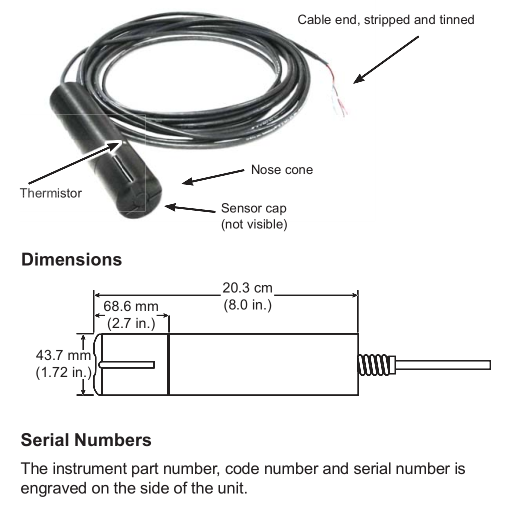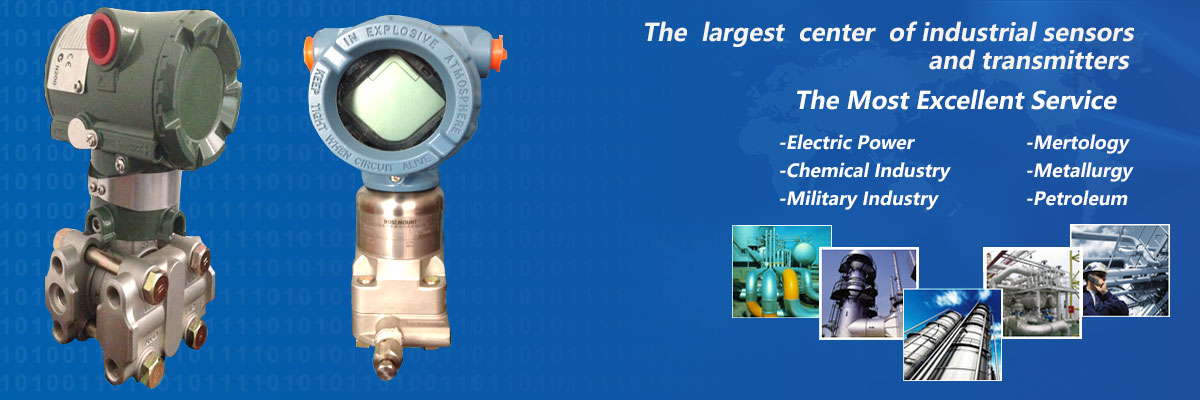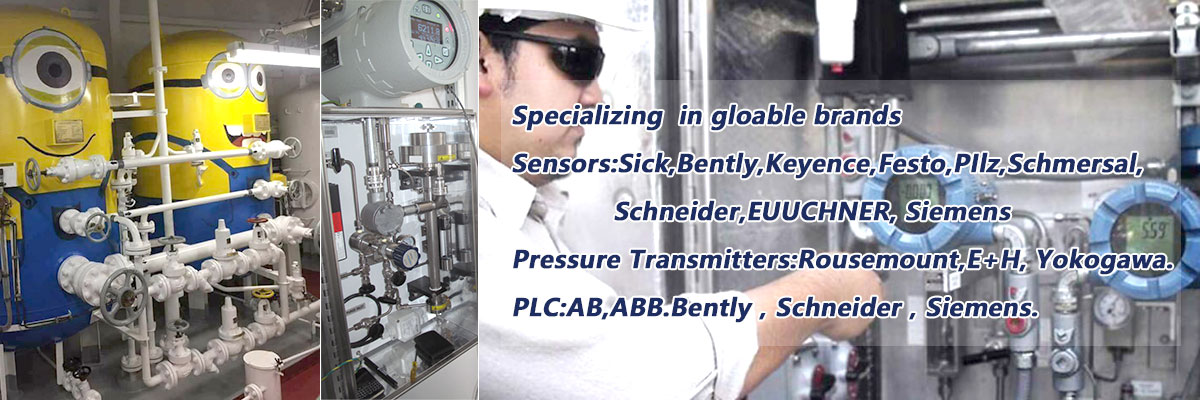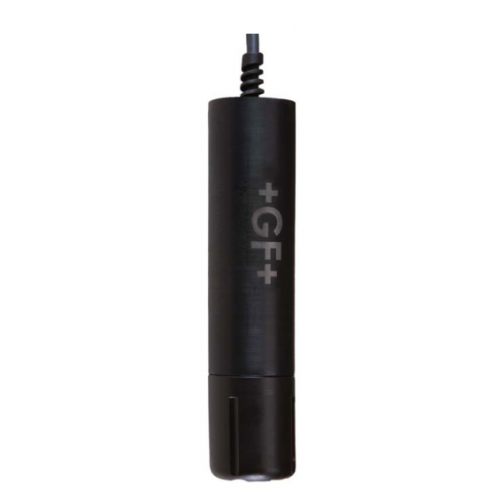product listing
Products
Describe
Introduction
System Description
Your new RDO ® Pro is a rugged, reliable sensor designed to
deliver accurate dissolved oxygen (DO) data across a wide
measuring range while reducing maintenance costs. It features
the latest optical technology for DO measurement.
The RDO Pro system is available in two versions. The 3-2610-31
has 4 to 20mA current loop output, Modbus RS485, and SDI-12
connectivity. The 3-2610-41 includes S 3 L communications to
support both the 8900 and 9900 Signet products in place of the
SDI-12 output.
The RDO Pro system consists of the following:
• 10 m (32.8 ft.) cable with stripped and tinned ends
• Black sensor body with removable nose cone
• Optical DO sensing cap
• Titanium thermistor

Ordering Information
2610 Optical DO Sensor
Mfr. Part No Code Description
3-2610-31 159 001 753 Optical DO Sensor (0-20 ppm) with Modbus, SDI, and 4 to 20 mA output
3-2610-41 159 001 754 Optical DO Sensor (0-20 ppm) with S 3 L, Modbus, and 4 to 20 mA output
Accessories and Replacement Parts
Mfr. Part No Code Description
3-2610.392 159 310 122 Replacement Optical Dissolved Oxygen Sensor Cap (0 to 20 ppm)
3-2610.501 159 500 413 DO Threaded Pipe Adapter, 2 in. Male NPT
861-170 –– 1¼ in. Close Nipple
–– 721 914 211 63 mm Cement Socket to 2 in. NPT Female Adapter Fitting
Specifi cations
General
Sensor type: .....................................Luminescent dissolved oxygen sensor
Transmitter/local display: ..................Optional, not required
Communications options: .................Modbus (RS-485), 4 to 20 mA, Digital S 3 L
Maximum cable length:.....................Up to 4000 ft (Modbus and 4 to 20 mA)
Up to 100 ft (S 3 L)
Internal mounting thread:..................1¼ NPT
Performance
Salinity range: ...................................0 to 42 PSU, fi xed or real-time capable
pH range: ..........................................2 to 10 pH
Barometric range: .............................507 to 1115 mbar, fi xed or real-time capable
Idle current:.......................................160 μA typical at 24 VDC
Maximum pressure: ..........................300 psi
Range: ..............................................0 to 20 mg/L concentration, 0 to 200% saturation
Accuracy (DO): .................................±0.1 mg/L, 0 to 8 mg/L,
±0.2 mg/L, 8 to 20 mg/L
Response time:.................................Cap T90: 30 sec
Cap T95: 37 sec @ 25 °C
Resolution:........................................0.01 mg/L
Measure current: ..............................6 mA typical at 24 VDC
Environmental
Wetted Materials: ..............................ABS, Titanium, FPM
Usage life of cap: ..............................1 year from the fi rst instrument reading
Shelf life of cap: ................................24 months from date of manufacture (install w/in 12 mo. of manufacture)
Operating temperature: ....................0 °C to 50 °C (32 °F to 122 °F)
IP rating: ...........................................IP-67 with cap off, IP-68 with cap installed
Storage conditions, cap: ...................1 °C to 60 °C (33 °F to 140 °F), in factory container
Storage conditions, sensor: ..............-5 °C to 60 °C (23 °F to 140 °F)
Warranty
Sensor: .............................................3 years from date of manufacture
Cap: ..................................................2 years from date of manufacture or one year from fi rst reading
whichever comes fi rst
Standards and Approvals
CE
RoHS Compliant
Specifi cations
China RoHS (Go to www.gfsignet.com for details)
This device complies with Part 15 of the FCC rules. Operation is subject to the following two conditions:
(1) This device may not cause harmful interference, and, (2) This device must accept any interference
received, including interference that may cause undesired operation.
System Description
Your new RDO ® Pro is a rugged, reliable sensor designed to
deliver accurate dissolved oxygen (DO) data across a wide
measuring range while reducing maintenance costs. It features
the latest optical technology for DO measurement.
The RDO Pro system is available in two versions. The 3-2610-31
has 4 to 20mA current loop output, Modbus RS485, and SDI-12
connectivity. The 3-2610-41 includes S 3 L communications to
support both the 8900 and 9900 Signet products in place of the
SDI-12 output.
The RDO Pro system consists of the following:
• 10 m (32.8 ft.) cable with stripped and tinned ends
• Black sensor body with removable nose cone
• Optical DO sensing cap
• Titanium thermistor

Ordering Information
2610 Optical DO Sensor
Mfr. Part No Code Description
3-2610-31 159 001 753 Optical DO Sensor (0-20 ppm) with Modbus, SDI, and 4 to 20 mA output
3-2610-41 159 001 754 Optical DO Sensor (0-20 ppm) with S 3 L, Modbus, and 4 to 20 mA output
Accessories and Replacement Parts
Mfr. Part No Code Description
3-2610.392 159 310 122 Replacement Optical Dissolved Oxygen Sensor Cap (0 to 20 ppm)
3-2610.501 159 500 413 DO Threaded Pipe Adapter, 2 in. Male NPT
861-170 –– 1¼ in. Close Nipple
–– 721 914 211 63 mm Cement Socket to 2 in. NPT Female Adapter Fitting
Specifi cations
General
Sensor type: .....................................Luminescent dissolved oxygen sensor
Transmitter/local display: ..................Optional, not required
Communications options: .................Modbus (RS-485), 4 to 20 mA, Digital S 3 L
Maximum cable length:.....................Up to 4000 ft (Modbus and 4 to 20 mA)
Up to 100 ft (S 3 L)
Internal mounting thread:..................1¼ NPT
Performance
Salinity range: ...................................0 to 42 PSU, fi xed or real-time capable
pH range: ..........................................2 to 10 pH
Barometric range: .............................507 to 1115 mbar, fi xed or real-time capable
Idle current:.......................................160 μA typical at 24 VDC
Maximum pressure: ..........................300 psi
Range: ..............................................0 to 20 mg/L concentration, 0 to 200% saturation
Accuracy (DO): .................................±0.1 mg/L, 0 to 8 mg/L,
±0.2 mg/L, 8 to 20 mg/L
Response time:.................................Cap T90: 30 sec
Cap T95: 37 sec @ 25 °C
Resolution:........................................0.01 mg/L
Measure current: ..............................6 mA typical at 24 VDC
Environmental
Wetted Materials: ..............................ABS, Titanium, FPM
Usage life of cap: ..............................1 year from the fi rst instrument reading
Shelf life of cap: ................................24 months from date of manufacture (install w/in 12 mo. of manufacture)
Operating temperature: ....................0 °C to 50 °C (32 °F to 122 °F)
IP rating: ...........................................IP-67 with cap off, IP-68 with cap installed
Storage conditions, cap: ...................1 °C to 60 °C (33 °F to 140 °F), in factory container
Storage conditions, sensor: ..............-5 °C to 60 °C (23 °F to 140 °F)
Warranty
Sensor: .............................................3 years from date of manufacture
Cap: ..................................................2 years from date of manufacture or one year from fi rst reading
whichever comes fi rst
Standards and Approvals
CE
RoHS Compliant
Specifi cations
China RoHS (Go to www.gfsignet.com for details)
This device complies with Part 15 of the FCC rules. Operation is subject to the following two conditions:
(1) This device may not cause harmful interference, and, (2) This device must accept any interference
received, including interference that may cause undesired operation.





